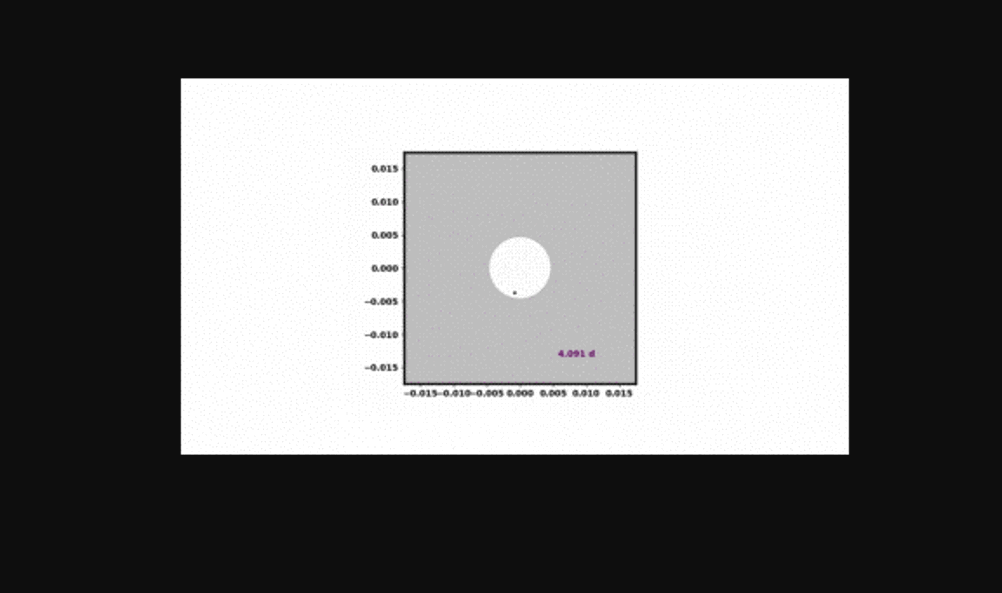Led by the University of Utah, the study applied a technique used to study planet formation around distant stars, the usual research focus of those involved. It analysed different properties of dust particles, quantities of dust and the orbits that would be best suited for shading Earth. Exploring various different alternatives, the research team found that launching lunar dust from the Moon would be one of the most effective options to achieve the goal. The work is published in PLOS Climate.
Related content
“It is amazing to contemplate how Moon dust—which took over four billion years to generate—might help slow the rise in Earth’s temperature, a problem that took us less than 300 years to produce,” said co-author Scott Kenyon, from the Harvard–Smithsonian Centre for Astrophysics.
In computer simulations, test particles were fired along the L1 Lagrange Point orbit. When launched precisely, the dust would follow a path between Earth and the Sun, effectively creating shade, albeit temporarily. Having little mass, the dust was easily blown off course by solar winds, radiation and gravity. Any L1 sunshield platform would need to create an endless supply of new dust batches to blast into orbit every few days after the initial spray dissipates.

In a second scenario, lunar dust from the surface of the Moon was fired towards the Sun, with the researchers finding trajectories aimed toward L1 that served as an effective sun shield. Less energy is needed to launch dust from the Moon than from Earth, although the amount of dust needed for an effective solar shield would be huge, comparable to the output of a big mining operation here on Earth. Whether such an operation is in any way practical is another question, however.
“We aren’t experts in climate change, or the rocket science needed to move mass from one place to the other,” said lead author Ben Bromley, professor of physics and astronomy at Utah University. “We’re just exploring different kinds of dust on a variety of orbits to see how effective this approach might be. We do not want to miss a game changer for such a critical problem.”
Prof Joanna Haigh FRS, Emeritus Professor of Atmospheric Physics at Imperial College London, praised the study for its robust calculations. However, she claimed that the underlying concept supporting the work was flawed, and warned against relying on geoengineering moonshots to solve the climate crisis.
“In terms of mitigating global warming…there is a fundamental problem with the concept behind this type of global geoengineering,” said Prof Haigh. “An Earth with less solar irradiance and greater infrared greenhouse effect is not the same as one in which both these factors are unchanged. The geographical distribution of the net energy input means that global atmospheric (and oceanic) circulations, weather patterns and clouds are different. Perhaps the main problem, however, is the suggestion that implementation of such schemes will solve the climate crisis whereas it just gives the polluters an excuse not to act.”












Emergency law passed to protect UK steelmaking
There is an old legal adage ´hard cases make bad law´ and it seems to apply to this draconian legislation, which gives sweeping powers to the...